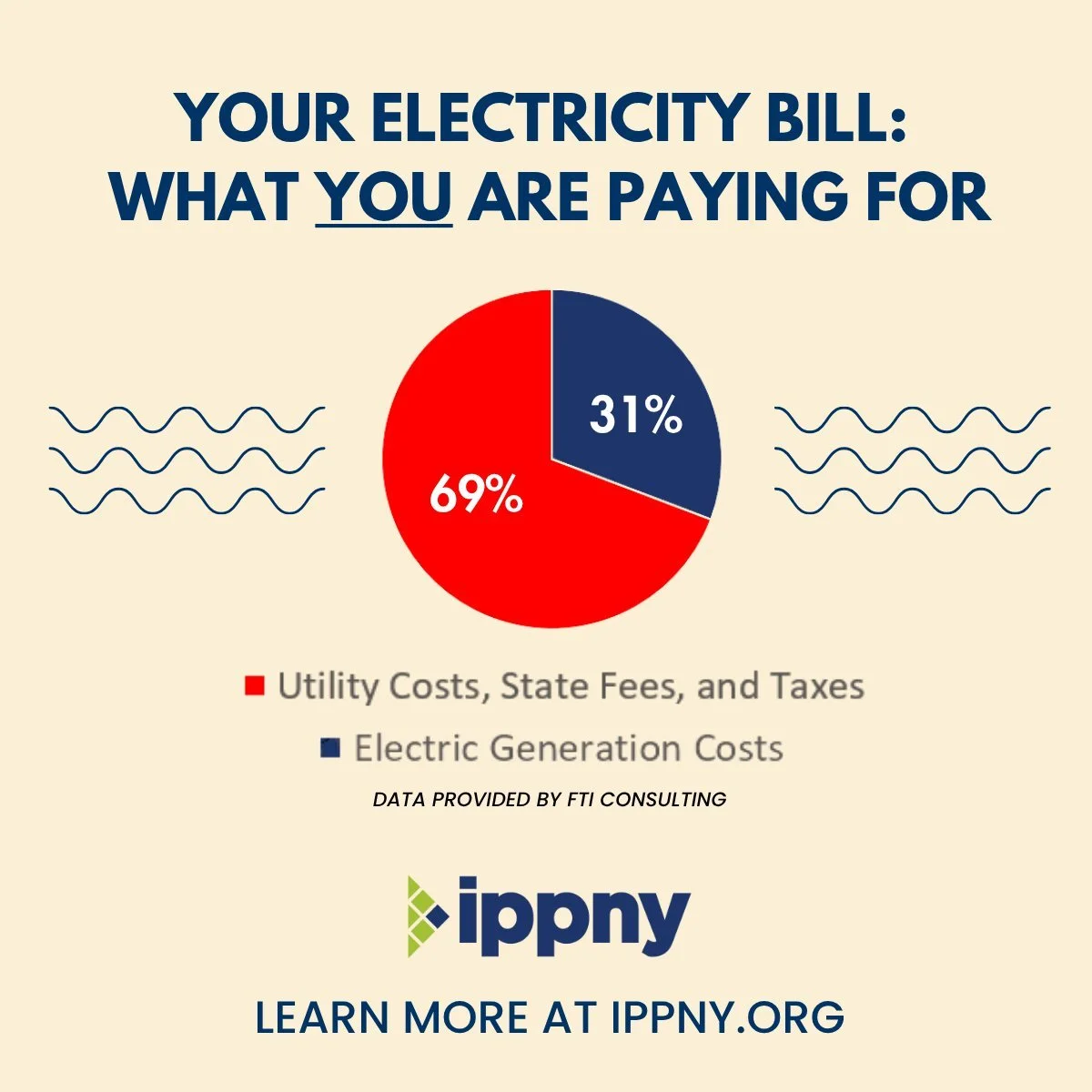strengthening the grid & reducing ratepayer costs
-
The Cayuga Data Campus connects to the regional grid instead of the local power distribution system. This means our energy use does not impact local power availability or reliability, ensuring the community’s electricity supply remains stable and unaffected by campus operations.
-
TeraWulf is covering the entire cost of the NYSEG grid upgrades needed for the project — improvements that would normally be paid for by local customers through their electric rates. In other words, these upgrades strengthen the regional power system at no cost to ratepayers.
See NYSEG confirmation HERE in this RFI request from Assemblymember Anna Kelles.
-
Flexible operations allow the Campus to reduce load during peak demand periods, helping maintain reliability across the region.
See slide 10 of our presentation, “How will the Cayuga Data Campus support the grid?” for more detail.
-
The result of these facts is a stronger grid and no measurable impact on local electric rates - ensuring benefits for both the community and the state’s clean energy future.
what actually drives local electric rates?
There is a lot of misconception around what does and does not drive local electric rates.
Ultimately, electric bills in Central NY are driven by natural gas prices, state policy, and utility costs - NOT by local data centers.
Key Drivers of Local Electric Bills:
-
Natural gas plays a major role in electricity generation, so when gas prices rise, electric rates often follow — historically with about a 92% correlation. Even though your local utility may not generate power directly from natural gas, the wholesale energy markets it buys from are heavily influenced by natural gas costs.
-
The “Delivery” portion of your bill covers more than just getting power to your home — it includes grid maintenance, storm recovery, safety inspections, and equipment upgrades. These costs ensure reliable service year-round and are set by state regulators to recover the utility’s actual cost of maintaining and operating the grid.
-
A portion of your electric bill supports state-mandated programs — such as renewable energy development, grid modernization, and energy-efficiency initiatives. These charges are embedded in the delivery section of your bill.
Large industrial and commercial energy users pay a greater share of these program costs, while residential customers contribute proportionally less.

